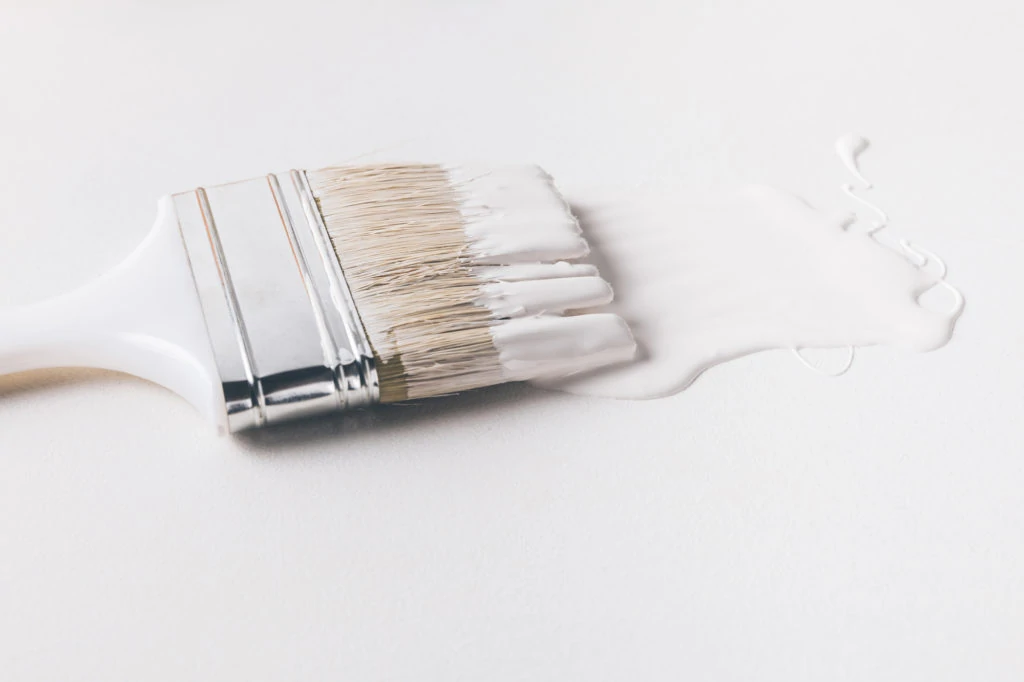PAINT BRUSHES MAKE THE DIFFERENCE
With so many paint brushes available in the market, it becomes really confusing for you to choose the correct paintbrush for your project. If you visit a paint store or a local hardware store, you will find an array of paintbrushes. It’s important to understand that choosing the best paintbrushes give the best results.
Importance of Choosing the Right Paint Brush
One of the most significant factors that affect the outcome of a paint project is to choose a good paintbrush or roller. Under any circumstances, the painters should not skip considering the roller or brush quality. For better results in a paint project, you should choose the paintbrush or roller correctly. If you choose the wrong paint tool, this will doom all the efforts of the painter. With a good quality paintbrush or roller and with the right implementation of the hand, a pro painter can make every part of the painted surface smooth and sleek.
What Type of Paint Brush You Should Choose?
Always choose high-quality paintbrushes; and buy the brush that is most suitable to the size of molding. Choose a 2 ½ inch tapered sash brush for small trim, and a 3 ½ inch brush for a wider trim, flat or block brushes for doors & paneling. If you want to install a new trim or replace the old trim, try to paint the trim first before installing it. You can contact your local painting contractors for more tips regarding the best paintbrushes.
Choosing the Right Brush Size
Choosing the right paintbrush size can always help you get perfection in your paint project. For example, if you are painting or varnishing woodwork, you should always choose a small brush for more precise control. Paint contractors always suggest using a ½ inch wide brush for most woodwork jobs. Professional painters often use a wide brush, 3 0r 4-inch wide brushes for painting trim. However, for most DIY painters, a 2 ½ inch brush is ideal for trim paint projects. The only time you should consider using a wider brush is when you painting wide siding, fencing, paneling, or other wide, flat surfaces.
It is always tempting to buy an inexpensive brush and then throw it out once the paint job is over. However, for a better result, you should use a good quality paintbrush and clean it once the paint job is over.

